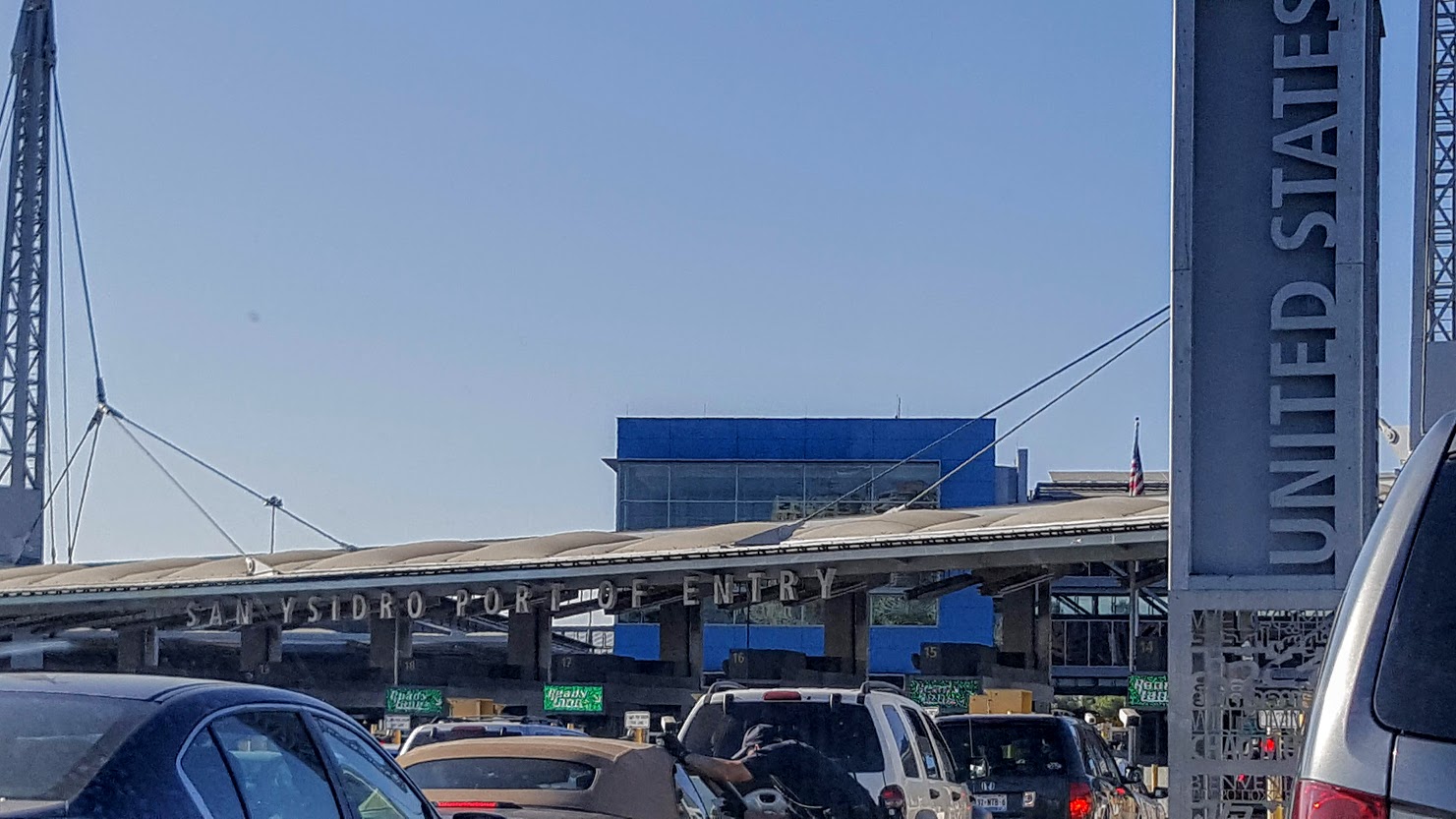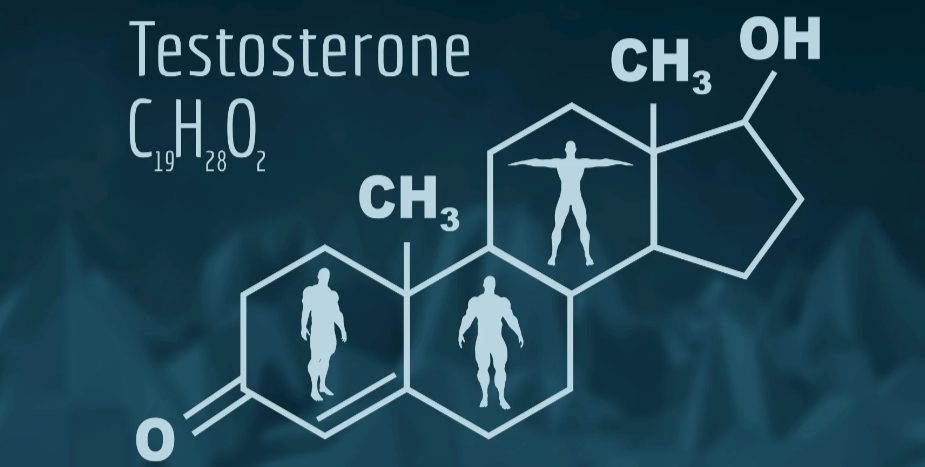With counts of COVID-19 patients now rising rapidly just north of California’s border with Mexico, hospital executives here are asking federal officials to move «immediately» to screen the tens of thousands of people crossing every day from densely populated Tijuana, a city of 2 million people, and other parts of the Baja peninsula.
Chief executives of two major California healthcare systems sent a sent a letter late Tuesday to Health and Human Services Secretary Alex Azar. They worry their systems will be overrun, not only from local San Diego cases, but from people who traverse the border unknowingly bringing the virus with them.
Border an ‘Achilles Heel’
«What I’d like to see are health checks, just like we would administer at an airport if we had an airplane coming in,» Chris Van Gorder, president and CEO of Scripps Health, told MedPage Today in an interview. One of Scripps’ five hospitals in Chula Vista, just 8 miles from the Tijuana border, is at risk of being overwhelmed with COVID-19 patients. The border, he said, represents a regional «Achilles heel» that could thwart efforts to prevent viral spread.
Van Gorder and Dan Gross, executive consultant for COVID-19 strategic response for the five-hospital Sharp HealthCare system, want Azar to have the CDC, in coordination with U.S. Customs and Border Patrol, «immediately begin medical checks to protect public health and expedite the free flow of critical goods and essential personnel,» as well as deliver more personal protective equipment and pharmaceutical supplies needed for standard and COVID-19 care.
Specifically, what’s needed are temperature checks «at the very least,» and to enforce a mandated quarantine for suspected positive individuals, they wrote.
Gross also wants appropriate agencies to educate border crossers about the need to social distance and wear a mask, along with other policies. If screening or answers to a questionnaire suggest infection, the federal agencies should conduct COVID-19 testing, he said in an email yesterday.
Though traffic is far reduced now because of the pandemic, still 40,000 to 45,000 people cross each day, on foot or in vehicles, through three entry points into California. The vast majority come legally to provide essential services in the food industry or in healthcare.
Expats Return for Care
The issue is one with obvious national significance because San Diego’s San Ysidro/Tijuana border has historically been the busiest land port of entry in the Western Hemisphere. The region is vulnerable as well because Baja California’s governor did not issue a shelter-in-place order until March 30, more than 11 days after California Gov. Gavin Newsom issued stay-at-home orders for his state.
San Diego County, with 3.4 million people, is inextricably tied to Baja through business, culture, and social connections; thousands of families have members living on both sides.
Some 250,000 to 400,000 «expat» citizens now live in Baja California, many of them Medicare beneficiaries, and come back across to visit their families, or to seek healthcare.
«We know for a fact that some individuals, both American and probably non-American citizens, are coming through the border telling people at the border that they have tested positive, and they want to seek healthcare in the United States,» Van Gorder said in an interview.
And Baja California, which includes the dense cities of Tijuana, Mexicali, Ensenada, and Tecate, have been reporting «a rapidly increasing number of new positive cases per day, with a lack of infrastructure, personal protective equipment (PPE), medication, and workforce to control the spread of the virus,» the letter to Azar said.
«We also need the federal government to put pressure on Mexico to enforce social distancing and shelter-in-place policies as we have done in the United States,» they wrote.
Not Flattening the Curve
Of San Diego County’s 3,141 confirmed COVID-19 patients as of Monday, 796 reported addresses within six zip codes near the border, five times what was reported three weeks earlier.
«There is a misperception that San Diego and Southern California are flattening the curve and therefore supplies and attention can go elsewhere. That is not the case,» their letter to Azar said.
The Sharp system operates 1,810 beds, but its Sharp Chula Vista hospital has borne the brunt of the epidemic here. As of Monday, its system had absorbed 38% of the county’s COVID patients who required hospitalization, with 134 of them currently occupying a bed, Gross said. Half of those patients were at Sharp Chula Vista, the 487-bed facility just 7 miles from the Tijuana border. In addition, Sharp’s three medical groups near the border have been seeing and testing patients, with about one in five being positive for COVID-19.
Scripps Chula Vista, a 173-bed acute care hospital also near Tijuana, now has 35 COVID-19 patients, or nearly half of the COVID-19 patients now in Scripps hospitals. The two hospital chiefs say their 10 hospitals combined have cared for 60% of the county’s COVID-19 patients requiring hospitalization since the epidemic began.
At both hospitals, many COVID-19 patients are extremely sick, with 22 on ventilators and 25 in the intensive care unit in the Scripps system, Van Gorder said.
Baja in Trouble
Adding to these challenges is that Tijuana «is having an immense, immense crisis with this pandemic,» Gross said. «Their hospitals are full, and we’re hearing stories of ambulance and pre-hospital care programs being overwhelmed, and a very high mortality rate within Tijuana. And we know they are very, very challenged with inadequate personal protective equipment supplies.»
As of last week, «they had just a handful of ventilators in the entire (Tijuana) community, and we have unofficial requests coming to San Diego for personal protective equipment, ventilators, and other supplies. They have a real issue in Baja, and they are our neighbors,» Van Gorder said.
He said the lack of supplies in Baja California hospitals and growing infections in Mexico may push more people to seek care in San Diego, especially if they have family or jobs here, and that’s a worrisome concern.
«We have cases all the time where someone is dropped off at the border and a U.S. ambulance is called to take that patient to the closest emergency department, and that would be Scripps Mercy Chula Vista or Sharp Chula Vista,» he said. On Tuesday, the Scripps hospital was in the process of testing nine patients with symptoms suggesting COVID-19, and four of them had come back positive, with most of the others pending. «Of the nine, five have a definite cross-border travel history within the past week or so,» Van Gorder said.
Unfortunately, «our supplies are so tight, I don’t think there’s any healthcare system here that can afford to send a whole shipment of our supplies down there. We don’t know whether we’re going to have a spike. And we’re easing up on restrictions, letting people go to the beach again. It won’t be long before we’ll open up some other businesses and I clearly think we’re going to see camel humps.»
It’s also unclear how well that those living south of the border are observing prevention guidelines.
It’s hard to know which patients are truly San Diego County residents, and which ones have traveled from Mexico for care, Van Gorder acknowledged. «Frankly, we have people who may not be citizens who are using addresses here in the U.S., whether they are living here or not,» he said.
‘About to Stop Breathing’
Juan Tovar, MD, an emergency medicine physician and Scripps’ physician operations executive in Chula Vista, said many of these patients are very sick and near death when they come through the door.
«At the beginning, we saw a lot of people who just wanted to be tested. They ranged from minimal to no symptoms to the direly ill. Now we’re treating people who are coming in much sicker, with advanced symptoms and some of them are getting intubated,» or going on extracorporeal membrane oxygenation, Tovar said.
«There are people who come in so sick, they are about to stop breathing,» he said. «This is a tough disease, (and) a large percentage of the people who get intubated do not get extubated.»
Though it’s widely believed that COVID-19 is most acute in the aged, at Scripps Chula Vista, more common is the patient 35 to 60 years old. The common link: comorbidities, such as congestive heart failure, diabetes, obesity, and hypertension, conditions often more common in Hispanic communities.
For some patients who might not do well with intubation, the hospital is implementing proning combined with high-flow nasal cannula oxygen therapy.
Worried CBP Personnel
Complicating the COVID-19 border issue is the safety of U.S. Customs and Border Protection personnel, Van Gorder said.
«I’m in almost daily contact with the CBP, and they’re not concerned about stopping people coming across the border. They’re concerned about the safety of their own employees … because there’s a huge number of patients in the Mexicali area, and CBP has a large contingent of employees out there.»
Van Gorder said Scripps is working with its affiliated Pioneers Hospital, a 107-bed facility in Brawley, in agrarian Imperial County just to the east of San Diego and 26 miles north of the Mexicali border, to get CBP personnel tested.
The official Baja California case count was about 1,400 as of Tuesday, according to government presentations on Facebook with 464 others under investigation and 190 deaths, but it’s unclear how accurate those case counts are.
In their request letter to Azar, Van Gorder and Gross ask for more federal supplies «because of the inadequacy of medical resources in Mexico and its impact on San Diego.» They need testing supplies, PPE, and pharmaceuticals for both San Diego and Mexico.
Both Gross and Van Gorder are now acutely aware how one under-recognized element such as the border can change the course of an epidemic from coming under control to not being under control because of conditions out of their control.
«Look how quickly, all of a sudden, something just five miles away, a variable has the opportunity to reshape our experience within our country. Everyone needs to have a broad vision … not just focusing on their own community … but be aware that what surrounds them can affect them in very dramatic ways.»
Added Van Gorder, «If all of a sudden we see a spike down the road, everything we’ve been trying to prevent, which is the overwhelming of our healthcare system — well, we can find ourselves overwhelmed again.»










